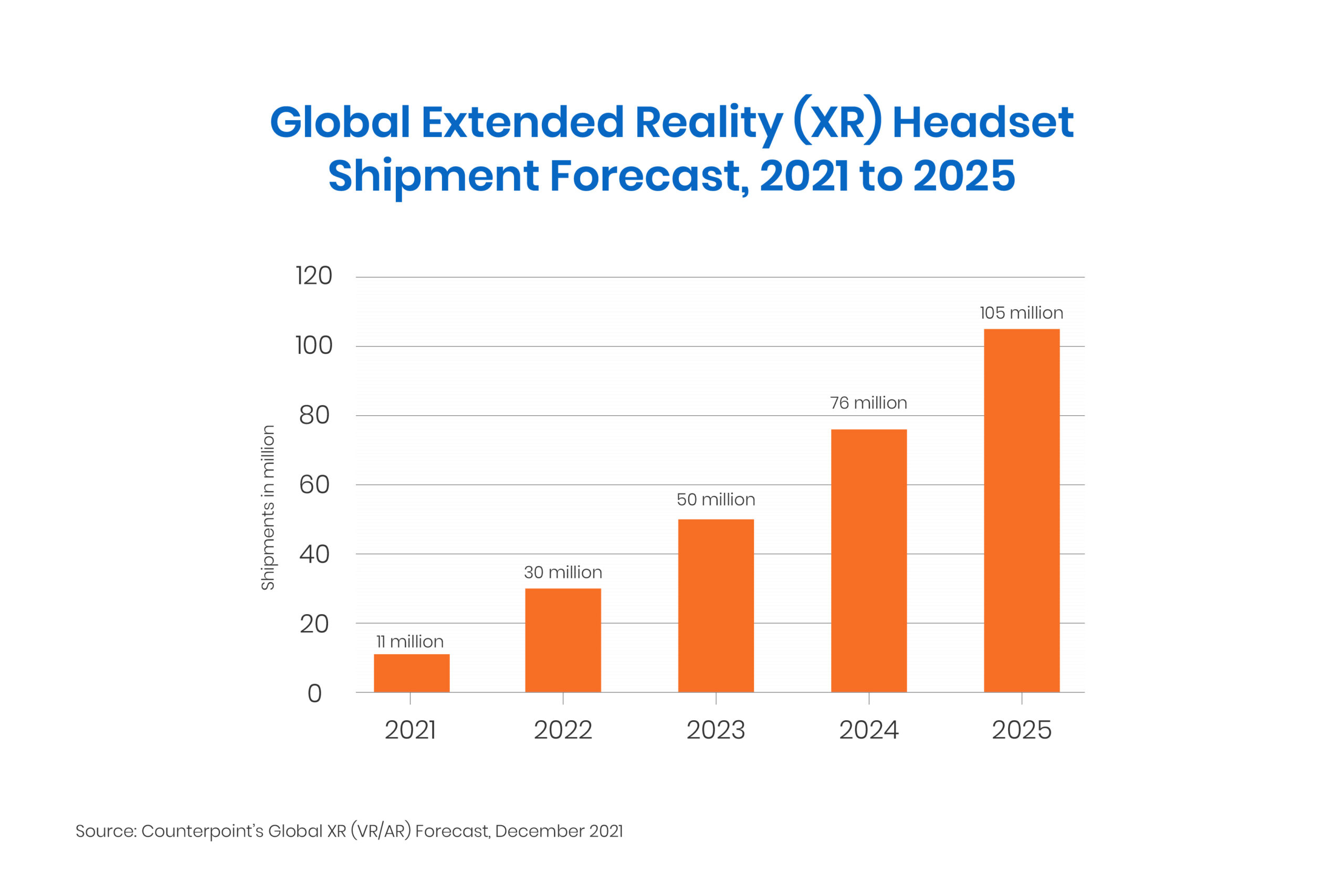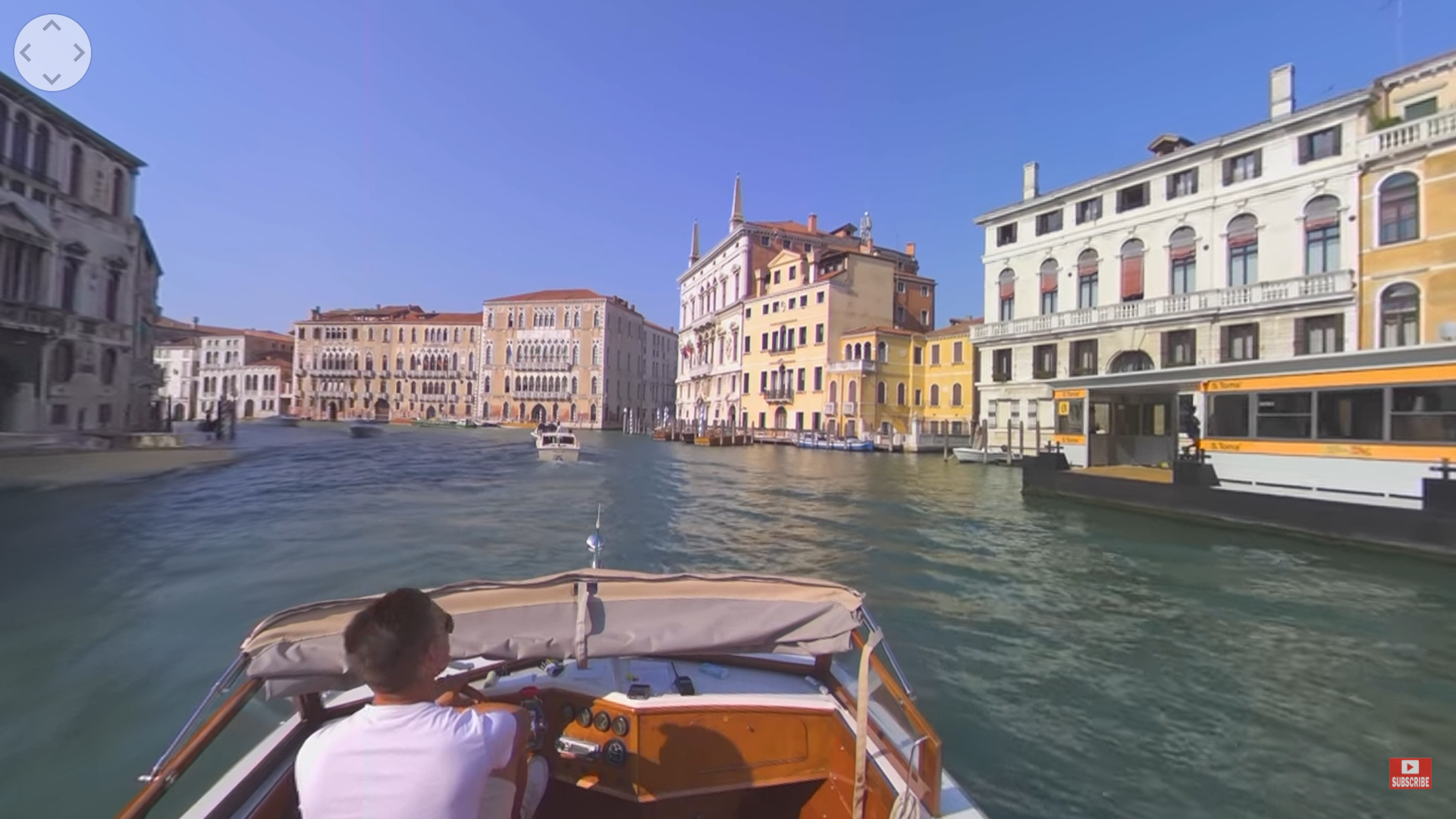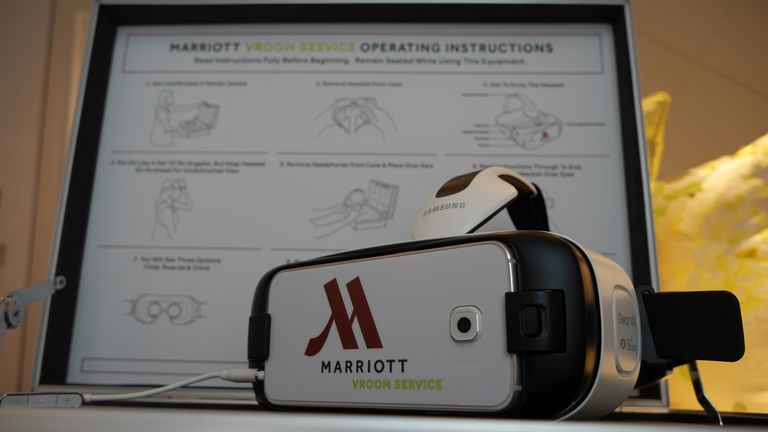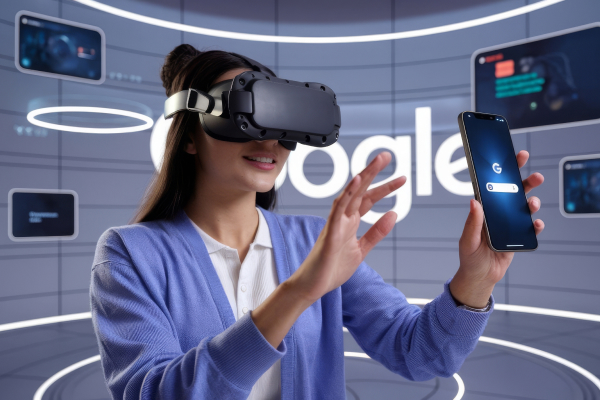Of all the industries to have been impacted by the COVID-19 pandemic, the hospitality industry has been hit the hardest. Close to 100 million jobs were lost worldwide in 2020 as the industry adapted to the new normal, navigating changing protocols and embracing greater flexibility.
Now, as we realize that the pandemic might always be a part of our lives going forward, the outlook for the travel industry in 2022 is starting to look up. According to a survey by Expedia, over half of respondents (54 percent) plan to increase their spending on travel as compared to before the pandemic. However, as per the Economist Intelligence Unit (EIU), although international travel will see a partial recovery in 2022, it will still remain 30 percent below 2019 levels.
In this time of crisis, travel and tourism business owners need to look into alternative modes of engaging with travelers. Businesses that use disruptive technology to deliver innovative solutions that meet customers’ needs will gain the upper hand.
A promising technological solution to help travel businesses make a quicker recovery is virtual reality (VR). VR facilitates immersive experiences that can bring travelers close to their destination without them being there physically. VR headset shipments are expected to increase to 10 times their current levels by 2025, and these sales will start picking up in 2022.

How VR can transform the travel industry
Before the pandemic, VR was viewed as a marketing gimmick in tourism. COVID-19 has served as an instigator for VR to emerge as not just a gimmick but as a tool that can change the way people travel.
Seeing the world in VR is almost like having your own private tour guide. Guests can use VR when they travel or simply to escape into the sights and sounds of a relaxing locale. VR is a cost-effective alternative to expensive holidays and can open up new avenues for travelers.
VR can be deployed in the travel and tourism industry to attract and engage travelers and even satiate bottled-up wanderlust. Here’s how.
Attracting travelers
The primary attraction of virtual reality is its ability to deliver truly immersive experiences, and travel agencies and hotels can capitalize on this for marketing.
Travel agencies are already using VR as an effective marketing tool. US-based company Travel World VR helps its customers create high resolution 360° video content, content for VR headsets, as well as interactive content using augmented reality (AR) and image recognition. Tourist operator Kuoni allows customers to take in a 360° view of destinations through its virtual reality tours, such as this one of Kuramathi island in the Maldives.

Guided VR Tour of Venice (Source: YouTube)
Hotels have been using VR since well before the pandemic to draw in customers with a ‘try-before-you-buy’ marketing tactic. Shangri-La Hotels allows website visitors to explore its hotels in 360° VR videos. Best Western worked with Google Street View to allow customers to view a virtual reality tour of nearly 2,000 properties. And Atlantis Dubai offers a VR tour of the hotel and the island it’s situated on.
The national tourist boards of many countries have also unveiled a number of VR alternatives to allow prospective travelers to experience their countries. Germany’s National Tourist Board allows guests to explore their country in VR. The Maldives Marketing and PR corporation is using VR to showcase activities like yoga and snorkeling. Tourism Ireland has also launched a VR experience to promote sights in Northern Ireland.
All these initiatives suggest that VR adoption in travel will continue to be explored as a key marketing tool. The only unknown is the extent to which consumers will embrace this technology en masse, and if so, how travel businesses will continue to innovate with this medium.
Read Major Tech Trends Will Emerge in the World Post COVID-19
Engaging with travelers
Hotels can use VR not just as a marketing tool, but also to deliver great experiences even after guests have checked in.
As far back as 2015, Marriott introduced the VRoom service in collaboration with Samsung. Guests are provided with VR headsets and can order inspiring virtual reality experiences to their rooms. Marriott also launched VR Postcards for 360° travel stories.

Marriott offers an in-room virtual reality experience (Source: Digital Spy)
Hotels can explore offering services like gaming, meditation, mindfulness, etc, using VR to deliver enhanced, immersive experience to guests.
VR has also been leveraged as an engagement tool by airlines. Qatar Airways and British Airways have experimented with VR entertainment systems to provide a range of experiences to customers. South Korean low-cost carrier Jin Air launched in-flight VR entertainment to allow passengers to view television shows, movies and other kinds of in-flight entertainment on international routes.
VR has also allowed for the unprecedented concept of armchair travel, with Japan-based First Airlines offering immersive end-to-end in-flight experiences using VR headsets. The airline also offers 360° tours of destination cities. The pandemic drove a 50 percent increase in bookings for First Airlines. Emirates and Air France also have similar offerings.
VR also has the potential to assist in learning health and safety measures while traveling or and simplify the check-in process at hotels and resorts.
Read 8 Steps to Devising a Foolproof Customer Experience Strategy
Satiating wanderlust
With restrictions on travel, virtual reality can be a gamechanger for those experiencing wanderlust. Companies like Google, Oculus (Meta), The Hydrous, and Viveport can help meet the needs of such travelers through immersive virtual reality experiences.
Google allows users to explore the world in VR and explore locations like the Florence Cathedral in Italy, the Matterhorn in Switzerland, the Colosseum in Italy, and the Hoover Dam in the US, amongst others. YouTube has a dedicated VR platform that allows users to experience 360° videos that may not necessarily even require a VR headset.
The Hydrous offers VR experiences of the seas and oceans, making conservation education available to the public, while Viveport allows adrenaline junkies to partake in free (and paid) VR adventures like jumping off the Burj Khalifa and exploring locations around the world.

A virtual dive on the coral reefs of Palau (Source: The Hydrous)
It’s clear that virtual experiences will continue to be leveraged more and more frequently in the future. It’s only a matter of time before it becomes commonplace for consumers to experience their favorite activities — travel-related or otherwise — via a virtual reality headset. The time for industry players to develop their VR plan is now.
Read Extended Reality (XR) How It is Different from AR and VR
VR is no longer a gimmick but a watershed in tourism
VR can help people enjoy memorable experiences from the comfort and safety of their homes, as well as enhance the experiences of travelers. It offers a level of immersion that’s not possible with traditional media.
By 2024, VR headset sales are expected to hit 35 million units per year, and the VR market will reach a value of USD 44.7 billion. This is undoubtedly a watershed moment for the tourism industry. With this accelerated global rate of VR adoption, key travel and tourism players must focus on including VR as a core element of their marketing and sales strategies to increase engagement and improve conversions.
This is the way for the travel and tourism industry to create unique and rewarding experiences for guests and regain its lost momentum. By strategically implementing emerging technologies like VR and AR, travel industry players can find new ways to address their customers’ needs and stay relevant in a rapidly changing world.
Read The Enterprise Metaverse: Why CXOs Need to Pay Attention











